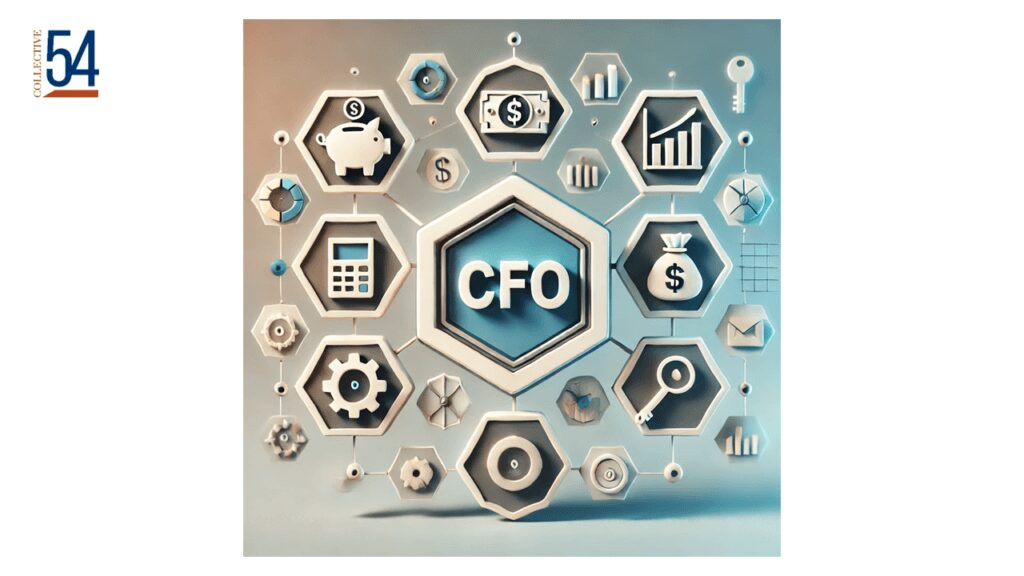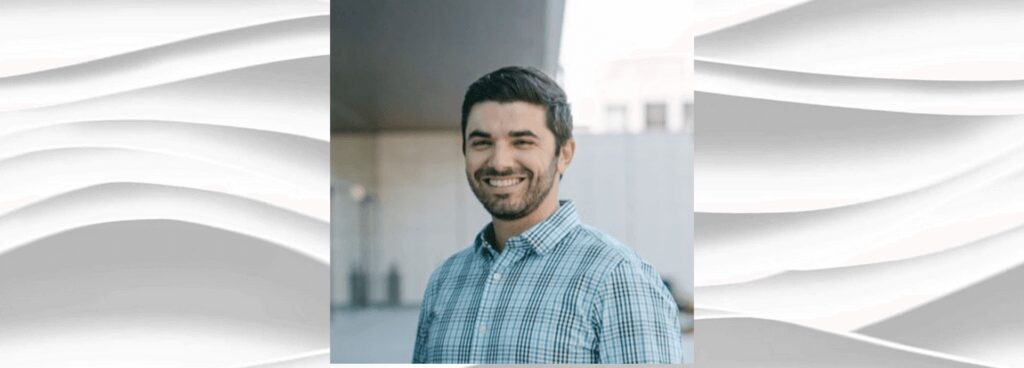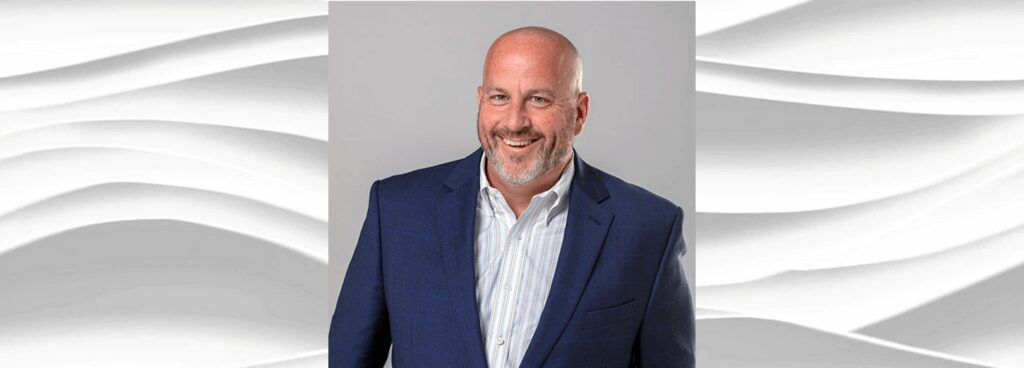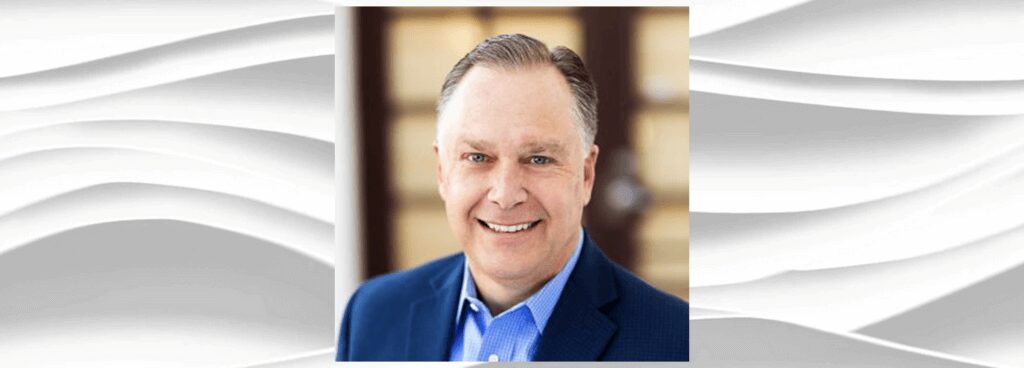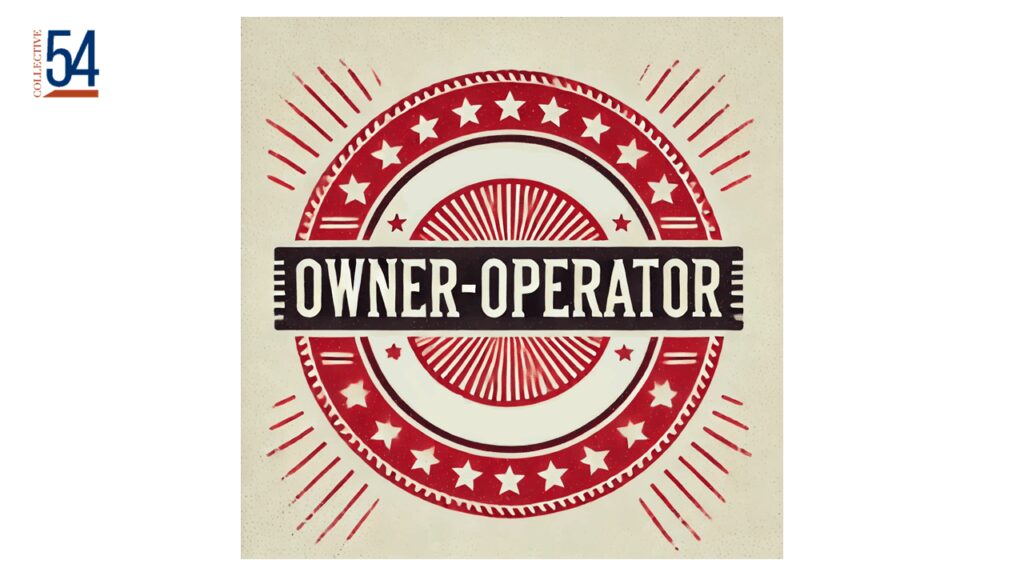Managing Your Fractional CFO: The Essential Dos and Don’ts for Small Service Firm Owners
As the owner-operator of a small service firm, be it an HR consulting firm, a lead generation marketing agency, a systems integrator for tools like HubSpot and Salesforce, or any other specialized service, you understand the challenges of wearing multiple hats. One crucial aspect that often gets overlooked is financial management, especially for those without a strong financial background. Hiring an external fractional CFO can significantly bolster your financial strategy, but it’s not without its pitfalls. Many owner-operators are not fully leveraging this resource, primarily due to a lack of financial acumen, resulting in not getting their money’s worth. This post aims to guide you on effectively managing your fractional CFO, ensuring that you get the insights and support needed to grow your business. Here are 10 dos and 10 don’ts to help you maximize this partnership.

